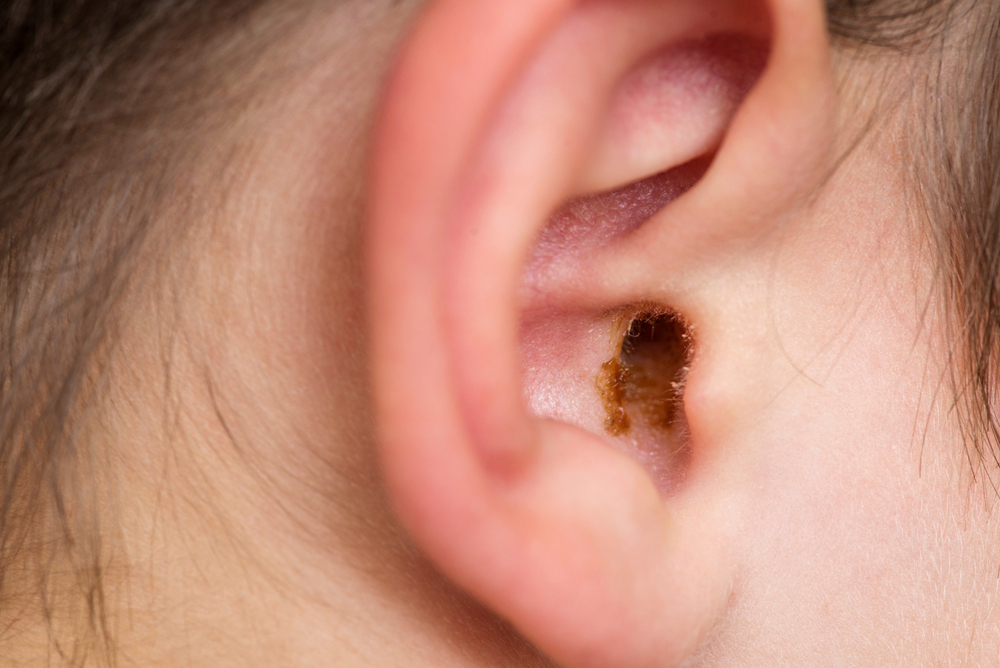
Chances are, earwax and its accumulation haven’t been subjects of significant consideration for you, except maybe during ear hygiene routines. Still, it’s crucial to have an understanding of its purpose and how it forms.
What initiates the accumulation of earwax?
Earwax, also scientifically called cerumen, is made up of a combination of sweat, skin particles, hair, debris, and ceruminous gland secretions. Earwax will appear as a waxy substance that will usually be yellow, orange, brown, or even grey.
While the production amount of earwax varies from person to person, adults typically generate less earwax than kids. Children also normally have softer earwax that’s lighter in color than adults.
Earwax passes the outer ear canal naturally, eventually reaching the ear opening, where it either self-expels or gets washed out during bathing.
Why do we need earwax?
Here are a few crucial functions that earwax serves:
- Safeguarding and lubricating the skin lining the ear canal, thus preventing dryness and itchiness.
- Helping prevent ear infections.
- Acting as a protective barrier against external irritants including dirt, dust, and other foreign particles before they penetrate deeper into the ear.
Obstructions caused by earwax
Impacted earwax is a prevalent problem, but it’s typically the only time you need to be concerned about it. In some cases, earwax is unable to easily get to the opening of the ear due to narrow or unusually shaped ear canals.
Improper ear hygiene methods, such as using cotton swabs or bobby pins, can unintentionally jam wax deeper into the ear canal.
Earwax blockages are often experienced by individuals who frequently use earplugs, earbuds, or hearing aids.
How excessive earwax can impact hearing
The occurrence of earwax blockages might yield slight discomfort and impact auditory health.
Additionally, considerable buildup of earwax can induce tinnitus, a sensation of ringing in the ears.
Untreated earwax blockages may escalate into middle ear infections, perforated eardrums, or enduring hearing loss as a result of acoustic trauma.
Dealing with impacted earwax
If you think you have an earwax blockage, consulting us quickly is essential. You might be advised to utilize over-the-counter products like a bulb syringe or earwax softening drops to clear the wax out, depending on the severity of the blockage.
Give us a call right away if you need some assistance with an earwax blockage.